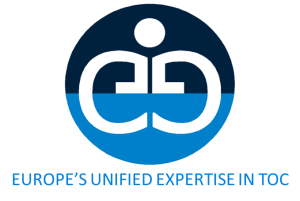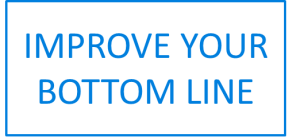Constraints
-
Physical Constraints are just the first step in understanding TOC
A constraint is defined as anything that limits the system from achieving higher performance relative to its goal. In this definition, the nature of a constraint is not related only to the capacity of certain resources, material availability or market demand – so called “physical constraints”.
More often the system performance is limited by some management norms, procedures, business policies or measurement systems – so called “policy constraints”. Because of their non-tangible nature, in most cases these policy constraints are neither obvious nor easy to find. This is where a more in-depth analysis by using the Thinking Processes (TP) is necessary.
By its nature policy constraints lead to conflicts that have no satisfying optima or compromises. These conflicts do exist because of behavioural paradigms or mental models that are based on at least one invalid assumption. Revealing these invalid assumptions opens the door for uncompromising breakthrough solutions that ‘evaporate’ the conflict, resulting in elevating the objective that couldn’t be reached before and have a lasting impact on the system performance.

